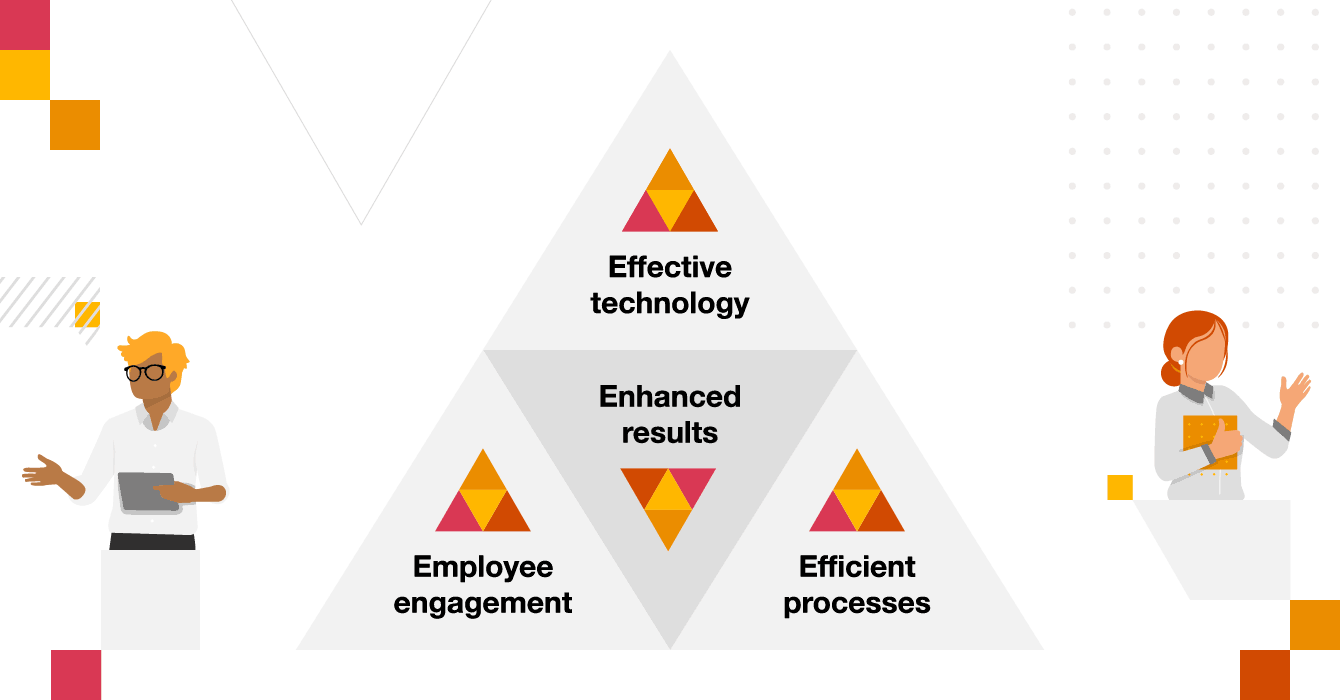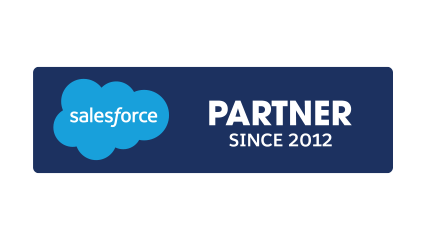Learn more
Your expert for questions

Michael Graf
Customer Transformation Leader (Germany and EU), PwC Germany
Tel: +49 151 11135371
Email
No closer than this: How to inspire, win and retain customers
In a landscape defined by rapid digital transformation, only a handful of companies have managed to keep pace. The consequences of falling behind are highly damaging: waning customer interest, disjointed marketing strategies, suboptimal pricing models, inefficient sales structures, and outdated customer service. Deficiencies like these cost companies sales, profits and ultimately their reputation.
“Companies can only stand out from the crowd and stay one step ahead of their competitors if they have the best customer experience.”
Our team is uniquely positioned to help you inspire, win, and retain customers. Our extensive experience as business integrators means we possess a deep understanding of every touchpoint within the customer journey. We develop customer-centric transformation approaches that synchronise seamlessly across your organisation, and work with your IT department to address the specific needs of each specialised division. We don't just offer ideas. We bring transformation to life. We ensure your workforce is equipped for sustained success. Every solution we architect, and every implementation we execute is grounded in your customer's perspective. We innovate, create, and drive your business forward.
You can find out more about our solutions and track record here.

The four Es of a successful customer relationship
Exceptional customer relationships are the key to business success. To achieve this, we help you create greater employee engagement, more efficient processes and cost structures, and smarter use of technology.

Learn more about our competencies
Learn more
Learn more
Learn more
Your experts in Customer Transformation
At PwC’s Customer Transformation practice, we help you find the best answers to your questions. Our team is made up of more than 200 experts with extensive experience across industries and sectors, and with deep technology expertise. Add your company to our growing list of success stories today by transforming your business model for sustainable customer growth.

We build strong alliances with the world’s best technology companies
- Salesforce
- SAP
- Microsoft
- Adobe
Salesforce

At PwC, we work at the intersection of technology and business to increase customer satisfaction. To do this, we combine our technical and strategic skills with Salesforce’s market-leading technology. Our award-winning Salesforce-based solutions allow you to digitalise your core business processes quickly and effectively.
SAP

For many companies, SAP’s portfolio of solutions helps them drive growth, accelerate business innovation and increase business value. We help businesses achieve company-wide control using SAP solutions by strategically integrating SAP components into business units and critical processes, especially during large transformation initiatives.
Microsoft

At PwC, we combine our deep technical and strategic skills with the powerful technology of Microsoft Dynamics 365. Our Microsoft Dynamics CRM implementations are designed to optimise our clients’ business processes and make their companies more efficient.
Adobe

Together with Adobe, we offer tailor-made solutions for your digital business and modern customer experience management. The Adobe Experience Cloud includes integrated applications for a powerful marketing technology stack. Using real-time customer data, content supply chain tools and generative AI, we design fully personalised customer journeys. We help our clients identify improvement opportunities and support them during the roll-out process.

We help our clients integrate the Google Marketing Platform (GMP) into their existing systems to innovate, increase revenue and reduce costs. We combine our professional and strategic skills with GMP solutions like Google Analytics and Google Cloud Platform. Together, we will choose the right marketing tools to create the ideal combination of ad technology, analysis and control for your company.
Facts, studies, and the latest insights
Contact us











